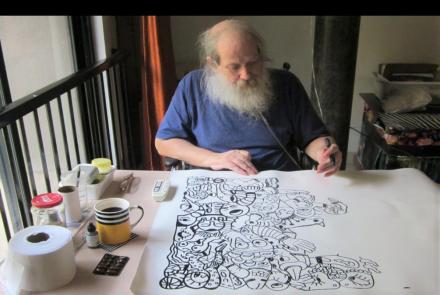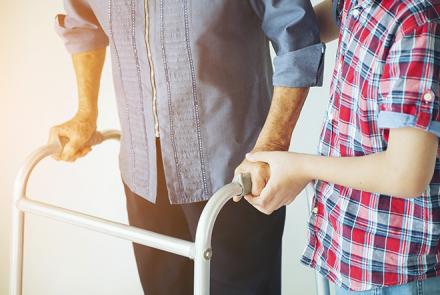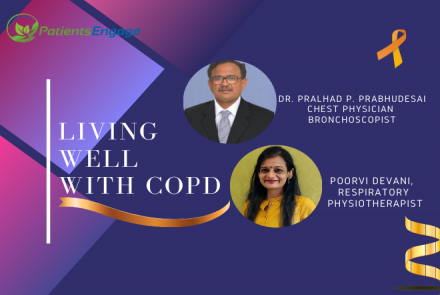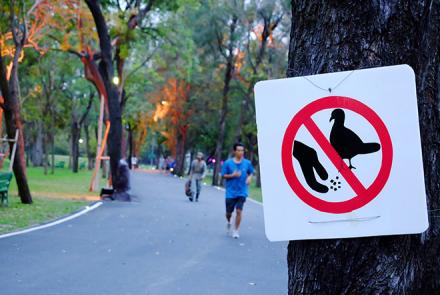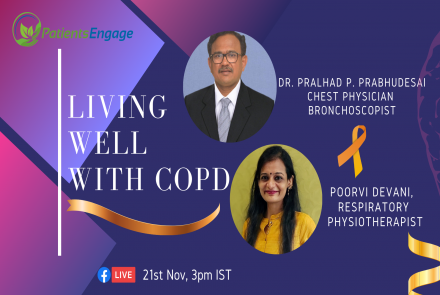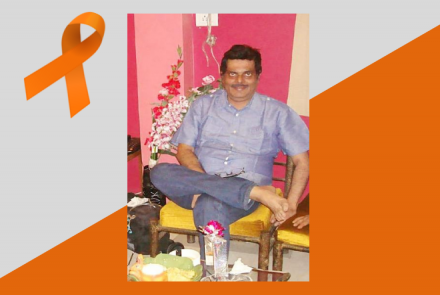
Dr Shital Raval tells you 5 tips how to heal lungs and improve lung function, especially if they are weakened by smoking. But first, quit smoking.
Cigarette smoking is the leading cause of Chronic Obstructive Pulmonary Disease or COPD. Patients with COPD have impaired lung function, and one of the first things that you have to do to improve lung function is to quit smoking.
A recent study by the Glasglow University stated that quitting can better lung function test scores by 15% in less than 8 weeks. This test was conducted on asthma patients who are smokers (American Journal of Respiratory and Critical Care Medicine, July 2006). The quitters show lung capacity improvement within 7 days of quitting. The American Lung Association assures that lung function should improve by 30% between 2-12 weeks after shunning the cigarette butt. However, along with abstinence, lifestyle changes must be incorporated for long lasting and better results. These include a healthy diet*, smoke-free environment and daily exercise regimen.
Here are a few exercise tips to improve lung function after quitting smoking:
1. Walking, cycling or running are all great aerobic exercises that when done regularly (30 to 60 minutes a day) increase the heart and lung capacity and build endurance and stamina. They help the body utilise oxygen more efficiently and decrease shortness of breath over time. Make sure aerobic exercises are done routinely and consistently, not abruptly. Start slow and for shorter periods and work up to desired activity level. Please consult your doctor before you start exercising. Your doctor will advise your level of exercise after checking your lung capacity.
You Must Read: Benefits of Lung/ Pulmonary Rehabilitation
2. There are several breathing techniques that can be done to ensure using the entire lung via deep inhaling and exhaling routines. Before starting, close your eyes, drop the shoulders, and relax for a few second. Some of these techniques are:
a) Reciting Alphabets - take a long breath and recite the alphabets as you exhale. The idea is to lengthen the exhalation process to remove all the air form the lungs. With time, you should be able to recite it several times in one exhalation. Inhale deeper each time and also exhale completely to let all the air out.
b) Pursed lips breathing - breathe in through the nose and then pucker your lips and breathe out very slowly to let all the air out. This increases the breathing time and lets out all the carbon dioxide from the lungs.
c) Diaphragmatic breathing is harder to do and it is better to get a physiotherapist to initially help you get the hang of it. In COPD, the body does not utilise the diaphragm but instead makes the shoulder, back and neck do most of the work. In this technique, the idea is to train the diaphragm to do the work of breathing. Best to do this exercise while lying down or sitting in a relaxed position. Put one hand on the chest and the other on the belly. Relax the shoulders and take a deep breath. Notice the belly moving outwards, now exhale via pursed lips slowly and press on your belly so that diaphragm move up and helps the air out.
3. Yoga can bring about focused breathing and help strengthen the diaphragm and the chest muscles. It also helps calm the senses and rid the body of stress and anxiety that often accompany quitting smoking.
4. Swimming is a great cardiovascular exercise to use muscular tissue and increase lung volumes as more oxygen is utilised while in water. Take precaution to start slowly and then increase swim times with improvement.
5. Playing a wind instrument or singing is another great way to increase breathing and lung capacity. Recommended instruments are oboe, flute, clarinet, trombone, trumpet and tuba. Again, start gently and work up as your lung function improves.
Smoking often destroys the lining of the respiratory system, especially the fine structures called the cilia which function in sweeping debris and mucus out of the lungs. These cilia may take a few months to regroup after tobacco cessation and hence many acquire a smoker’s cough. Staying hydrated (drinking lots of warm water) can aid in releasing the mucus. If the cough is persistent with no improvement for months, please see your physician right away.
*Diet rich in Vitamin C & E and Omega-3 fatty acids is also known to improve lung health.



